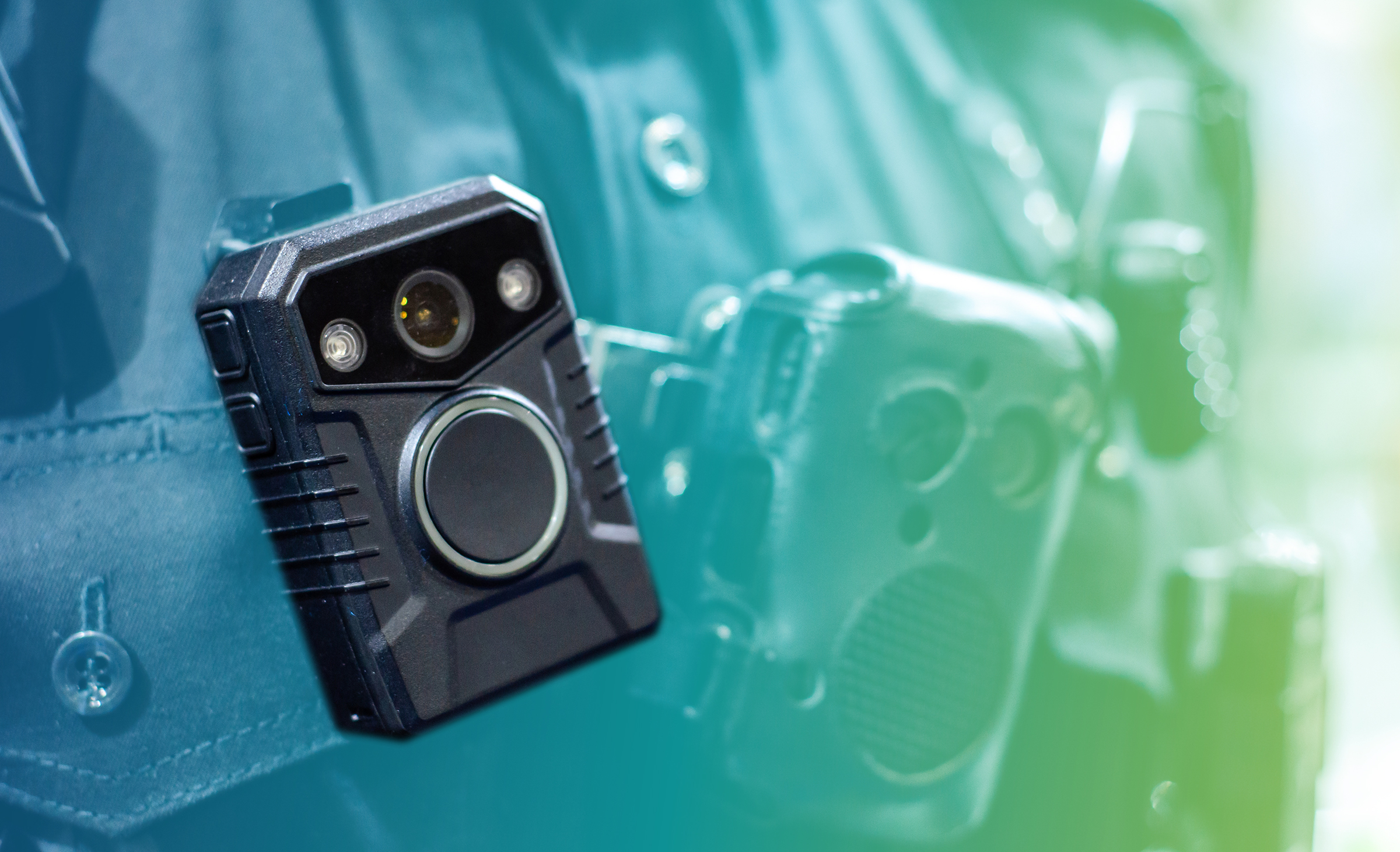
A study uses body-worn camera footage as a source of data on police-community interactions. Nicholas Camp and colleagues analyzed transcripts from 615 police stops made in California by Oakland Police Department police officers before and after a procedural justice training, which focused on officer communication in routine traffic stops. The training included findings by the authors in a previous study that showed officers used more respectful language with White drivers than with Black drivers during traffic stops.
The training recommended that officers
1) begin a stop by greeting the driver and introducing themselves;
2) explicitly state the legal justification for the stop early in the encounter;
3) express concern for the driver’s safety;
4) reassure the driver; and 5) use formal titles when addressing the driver.
Using a combination of automatic detection and trained coders, the authors found that the training led to a statistically significant increase in the number of these communication techniques used. Post-training stops were twice as likely to use all five techniques than pre-training stops. Trends were broadly similar across all races of drivers. According to the authors, the study serves as an example of how body camera footage can be used as a source of data to study and evaluate changes in policing behaviors.

